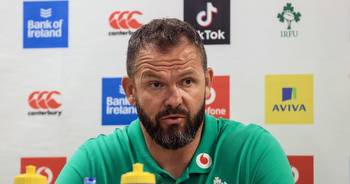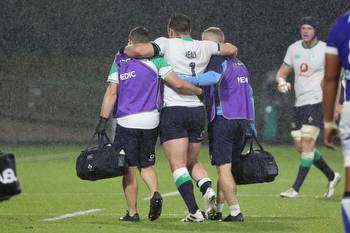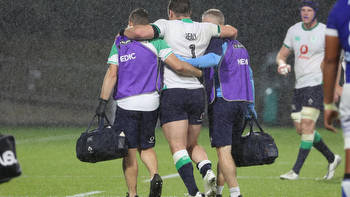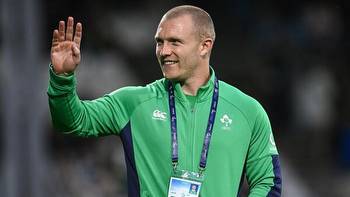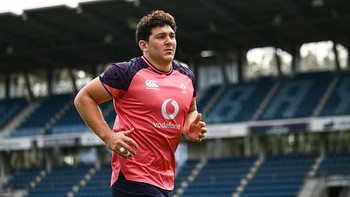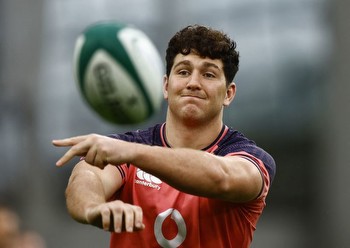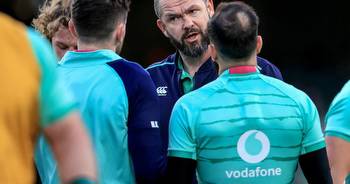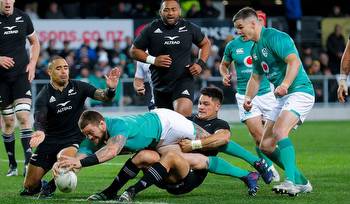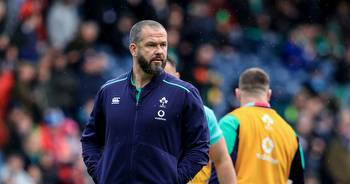Rugby facing crisis over head injuries
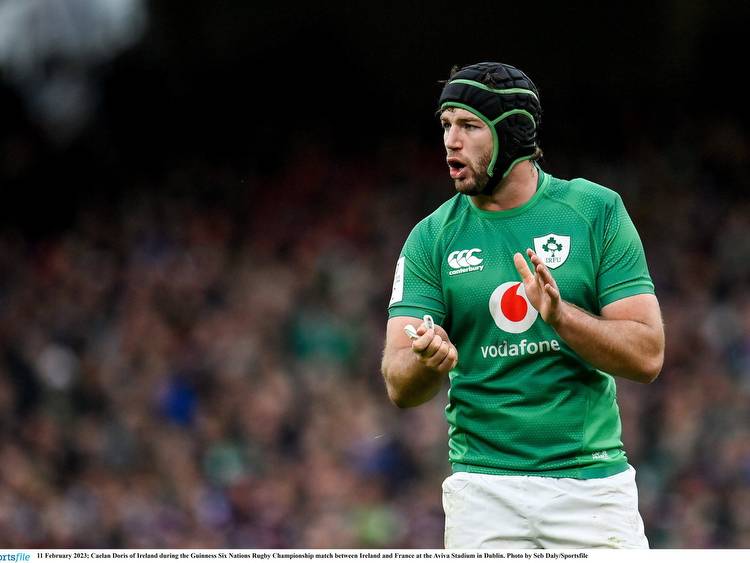
IMAGINE the reaction if five Kerry footballers or five Limerick hurlers had to leave the pitch injured during last July’s All-Ireland finals.
There would have been an understandable outcry afterwards. The questions would have been relentless.
Has top level GAA become too dangerous? Is it still safe for youngsters to play Gaelic football and hurling. Should the rules be changed?
The debate would probably have kept Joe Duffy’s Liveline busy for several days.
In the first 25 minutes of last Sunday’s Six Nations rugby international at Murrayfield between Scotland and Ireland the visitors lost three forwards, Caelan Doris (12 minutes), Dan Sheehan (19 minutes) and Ian Henderson (24 minutes).
Scotland wing forward Matt Fagerson left the field after five minutes. All were injured.
Ronan Kelleher, who replaced Sheehan, lasted 35 minutes before he had to be replaced by emergency hooker Cian Healy. Finally, centre Garry Ringrose had to be stretchered off near the end.
Granted the attrition rate was well above normal. But there has been a remarkable silence about what happened since.
It is understandable the heroic role Healy played as an emergency hooker and Josh van der Flier’s ability to adapt and throw the ball into the Irish lineout were focussed on in the immediate aftermath of the contest.
Furthermore, with Ireland on the brink of winning a first ever Grand Slam in Dublin, the odds on some thoughtful debate on the attrition rates in international rugby was unlikely.
But the elephant in the rugby parlour is not going away.
Indeed, on Wednesday there was a stark reminder of the threat to the long-term future of the game.
Details of an affidavit lodged in the High Court by 42-year old former Munster and Sale Sharks prop Tony Buckley, who played 25 times for Ireland between 2007 and 2011 are revealed in the Irish Independent.
He claimed in legal proceedings he received no proper medical supervision from the Irish Rugby Football Union despite repeated concussions during his career. He told the High Court he had been diagnosed with ‘neurological issues’ arising from ‘persistent concussive episodes’ during his career.
According to the affidavit Buckley intends ‘to imminently issue personal injuries proceedings’ against the IRFU, Munster, Sale Sharks, England Rugby Union and World Rugby, alleging negligence by all of the defendants.
Last year similar lawsuits were filed by former Irish internationals David Corkery and Declan Fitzpatrick and ex-interprovincial player Ben Marshall.
It is estimated that more than 185 players in the UK have initiated legal proceedings against World Rugby and their national bodies claiming they failed to protect them from permanent injury.
The most high-profile players involved are former England hooker and 2003 World Cup winner Steve Thompson and ex-Welsh captain Ryan Jones.
The players’ lawyer, Richard Boardman, has described the neurological injuries sustained by the sport a ‘ticking time bomb’ as hundreds of players may end up with illnesses ranging from dementia to epilepsy to Parkinson’s as they get older.
So far, almost 200 former rugby players in the UK have been diagnosed with early on-set dementia and CTE (Chronic Traumatic Encephalopathy)
Of the Irish players who were forced to retire prematurely last Sunday only Garry Ringrose appeared to have sustained a concussion type injury. The rest suffered muscular injuries.
The absence of Irish players due to injury has been a constant theme in this year’s Six Nations.
Captain Johnny Sexton missed the Italian game; Tadgh Furlong and Jamison Gibson-Park also missed games while Robbie Henshaw made his first appearance of the campaign when he came off the bench in the second half last weekend.
On one level it is a tribute to Ireland’s resilience and the strength in depth of the squad that despite these setbacks they are on the brink of historic achievement tomorrow.
But there is surely a bigger issue here. The future of the game is already under threat and despite rule changes this threat will grow.
The danger comes from two sources. At one end of the spectrum the lawsuits have the potential to cripple the game financially.
Meanwhile, parents may have second thoughts about allowing their children play the game if they continue to see players suffer sickening head injuries week in week out on their TV screens when the top teams literally collide.
What happened in Murrayfield might have been freakish in nature, but it cannot disguise the fact that rugby in its present format is facing a battle to survive.


